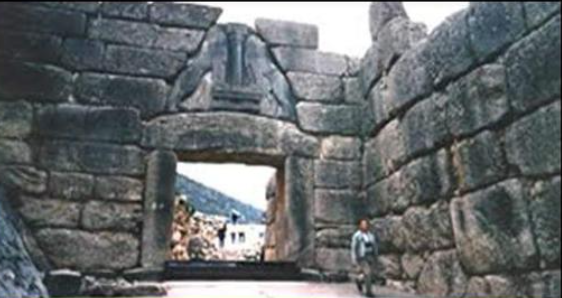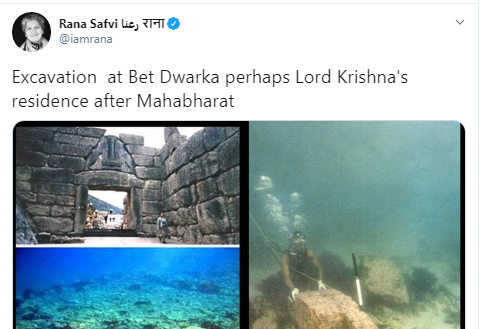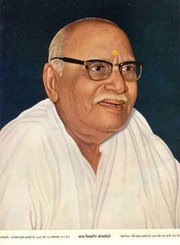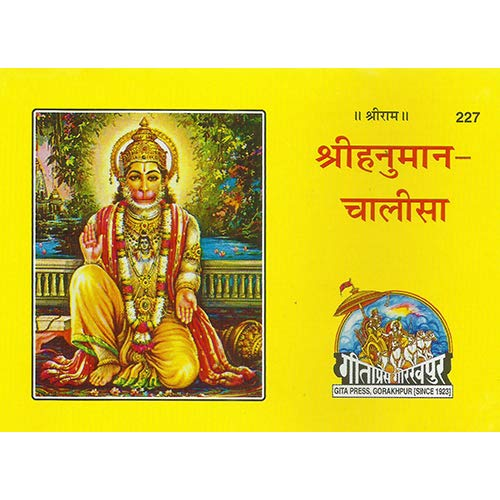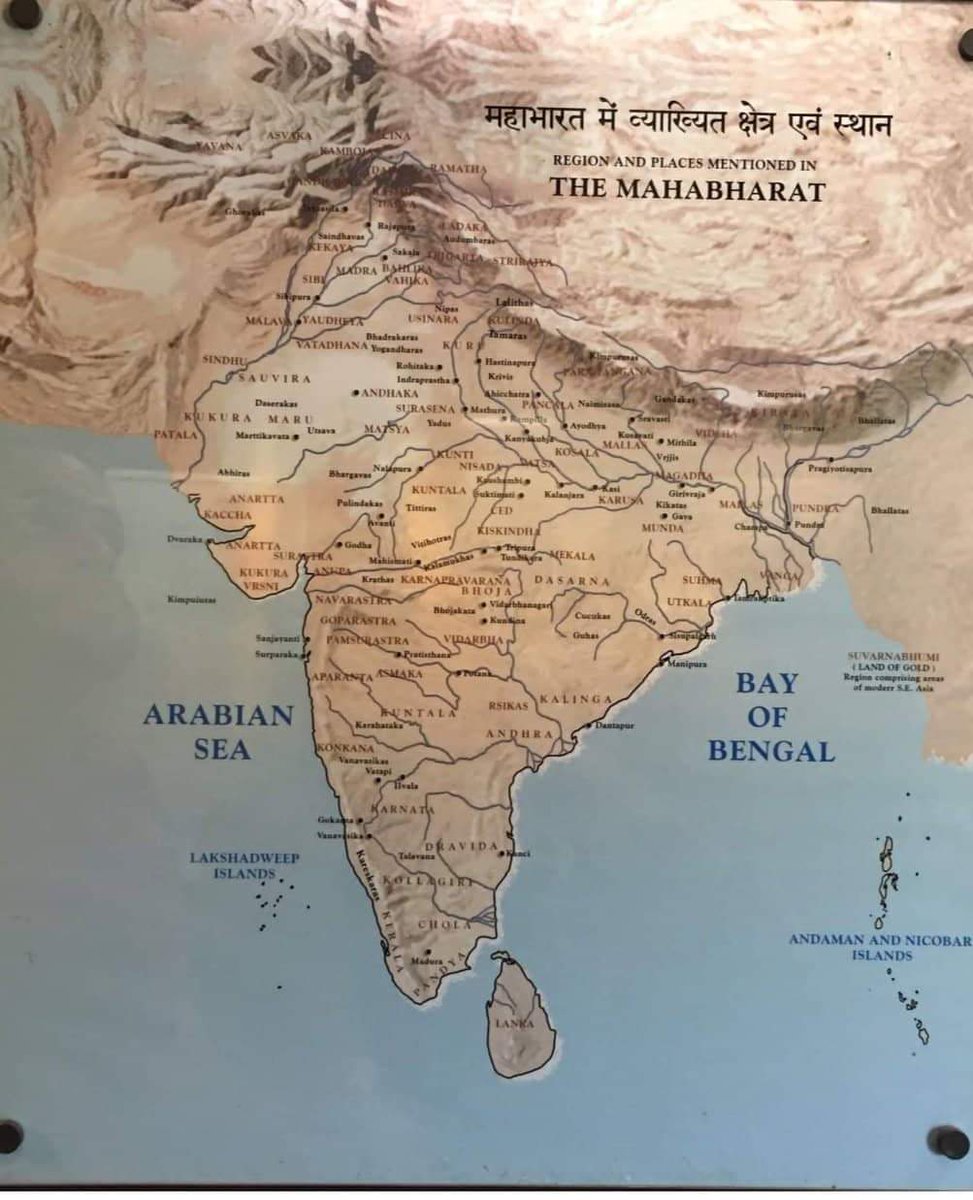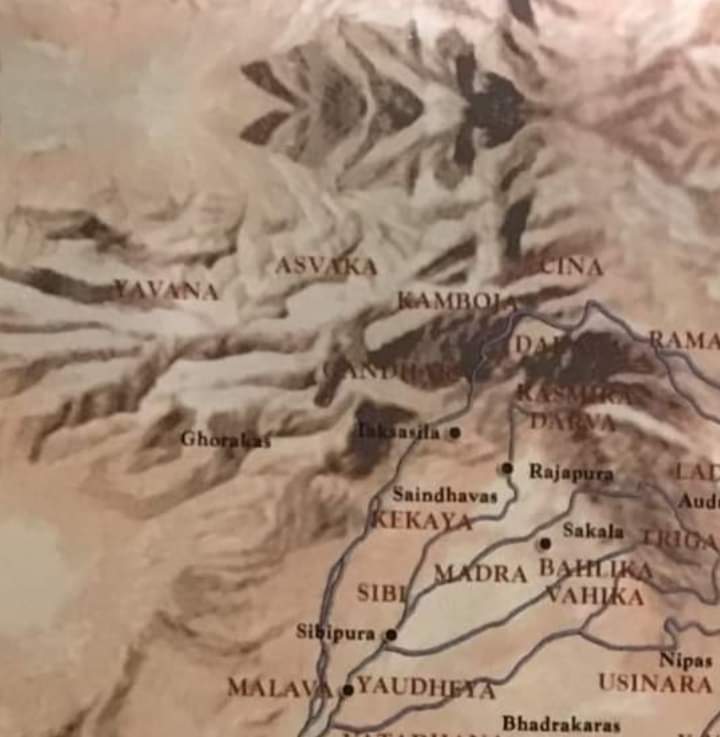Nope.
It is hilarious when you refer to Kautilya's Arthaśāstra to try to prove that ancient Hindus practiced slavery, when Arthaśāstra says exactly the opposite.
Infact, Arthaśāstra says in no uncertain terms Hindus ("Aryas") shouldn't practice slavery under any circumstances!
It is hilarious when you refer to Kautilya's Arthaśāstra to try to prove that ancient Hindus practiced slavery, when Arthaśāstra says exactly the opposite.
Infact, Arthaśāstra says in no uncertain terms Hindus ("Aryas") shouldn't practice slavery under any circumstances!
https://twitter.com/holatombola/status/1269565268453457920
• • •
Missing some Tweet in this thread? You can try to
force a refresh


